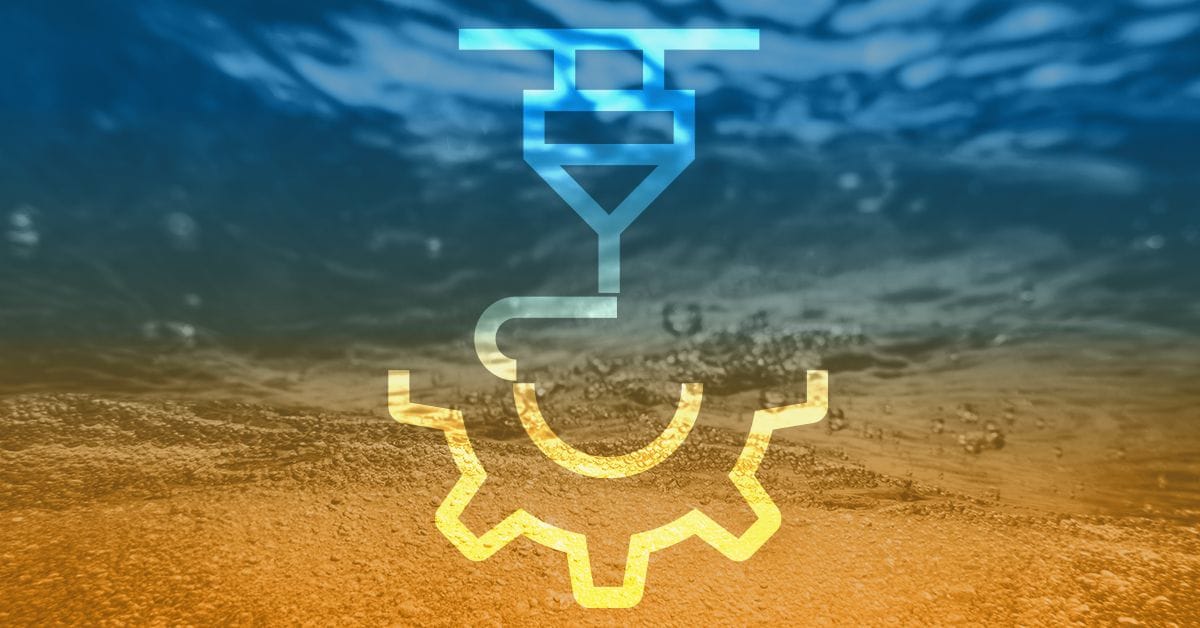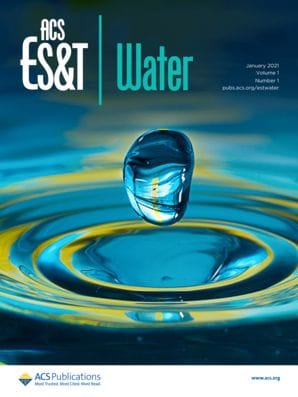This new Virtual Special Issue in ACS ES&T Water strives to capture the latest research advances in 3D printing technologies and the development of novel materials and structures for use across a broad array of environmental and water applications. Submit by November 30, 2023.

Three-dimensional (3D) printing, also known as additive manufacturing, is a fabrication method that has recently received massive attention worldwide. Compared with traditional manufacturing technologies, 3D printing is a convenient and efficient method for preparing complex 3D structures.
Owing to its cost-effectiveness, expeditious nature, and favorable control of the target structures, 3D printing is extensively employed in environmental and water applications, including wastewater treatment, water splitting, environmental determination, oil-water separation, and desalination.
This Virtual Special Issue in ACS ES&T Water seeks high-quality research or review articles in, but not limited to, the following areas:
- 3D printed materials for the adsorption of contaminants in wastewater
- 3D printed materials for the catalytic degradation of pollutants
- 3D printed materials for water splitting
- 3D printed materials and devices for the determination of heavy metals
- 3D printed membranes for oil-water separation and desalination
- Current challenges and prospects of 3D printing in environmental and water applications
- Applications of AI and Machine Learning in 3D printed materials for environmental and water applications
Guest Editors
Prof. Kun Zhou, Nanyang Technological University, Singapore
Prof. Yifu Ding, University of Colorado Boulder, USA
Prof. Sheng Guo, Wuhan Textile University, China
Submission Instructions
Manuscripts must adhere to ACS ES&T Water’s submission guidelines available on the journal’s Information for Authors page. The deadline for submission is November 30, 2023. Accepted paper types for this Virtual Special Issue will include research articles, reviews, perspectives, features and viewpoints. Manuscripts submitted for consideration for this Virtual Special Issue will undergo the same rigorous peer review process expected from ACS journals.
To submit your manuscript:
- Log in to the ACS Paragon Plus submission site.
- Choose ACS ES&T Water as your journal.
- Select your manuscript type.
- Under the ‘Special Issue Selection’ menu, choose ‘3D Printing Technologies for Environmental and Water Applications.'
If you are unsure if your research is within the scope of this Virtual Special Issue or have other questions about submitting your manuscript, please email managing.editor@estwater.acs.org.
